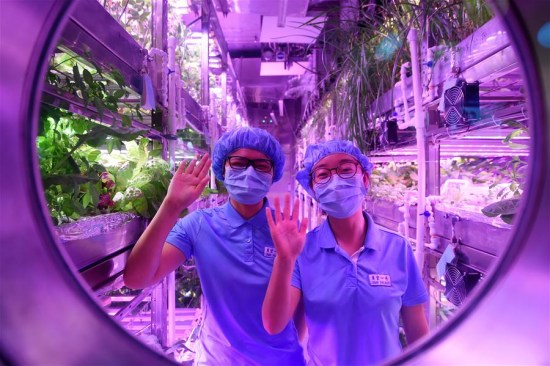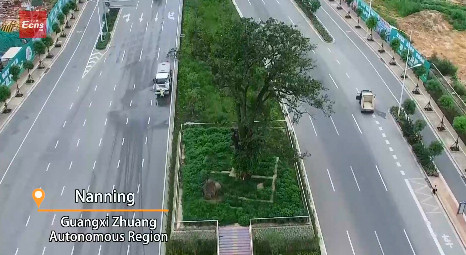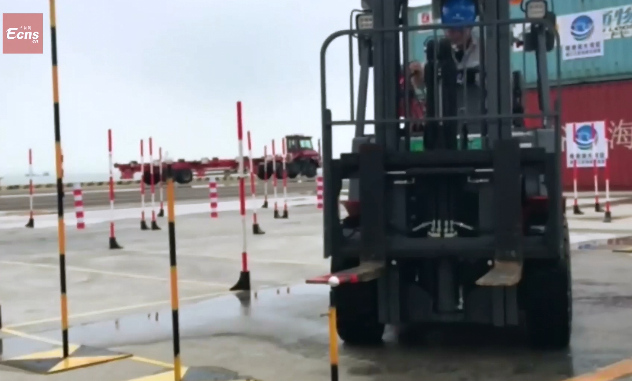
An archaeologist takes picture of a skeleton at the Adunqiaolu relic site in Wenquan, Xinjiang Uygur autonomous region (File photo/Xinhua)
Adunqiaolu relic site and tombs in Wenquan, Xinjiang Uygur autonomous region
The Adunqiaolu site and tombs, located 41 kilometers west of Wenquan county of Northwest China's Xinjiang Uygur autonomous region, can be dated back to the Bronze Age (about 1800 BC in China).
While archeologists had previously found similar sites in areas of Kazakhstan and Russia, Adunqiaolu was the first for China.
Based on its scale and remains, the site might have functioned as a ritual center within the Bortala Valley or even further.
Large-scale stone architecture and tombs were of great significance in the exploration of early Bronze Age culture in the western Tianshan Mountain area.
From June to September 2012, archeologists excavated three linked houses and nine stone burial chambers, traced back to the 19th and 17th centuries BC.
The discovery of Adunqiaolu site provided important material for research into the cultural link between Northwest China and Central Asia during the Bronze Age.
Adunqiaolu relic site in Wenquan of Xinjiang Uygur autonomous region was listed as one of China's top 10 archaeological discoveries in 2012.
China's major archaeological discoveries in last five years (part 1)














































